43 label the different parts of the sun
Garden Guides | Parts of a Sunflower Leaves and Buds. Large, green leaves grow out of the sunflower stock and are responsible for the majority of the energy-producing photosynthesis for the plant. The leaf blade is the flattened area and contains small hairs. The petiole is the thin stemlike piece that attaches the leaf to the stalk. On the common annual sunflower, a bud develops ... 3-D Model of the Sun | Science project | Education.com 3-D Model of the Sun. When the sun is shining in the sky, it looks like a big ball of light. It's actually a lot more complicated than that. The sun has layers, and it also has places where it looks bumpy or spotty. The center of the Sun is the core. It's very dense but very hot, so it is a gas.
Layers of the Sun - Facts About the Structure and Parts of the Sun Being a ball of hot burning gases, the Sun is composed of several parts: the corona, chromosphere, photosphere, core, Sunspots and prominences. Corona is the outermost layer of the Sun's atmosphere. It is visible only during the total eclipse of the Sun, and it extends in all directions from the chromosphere.
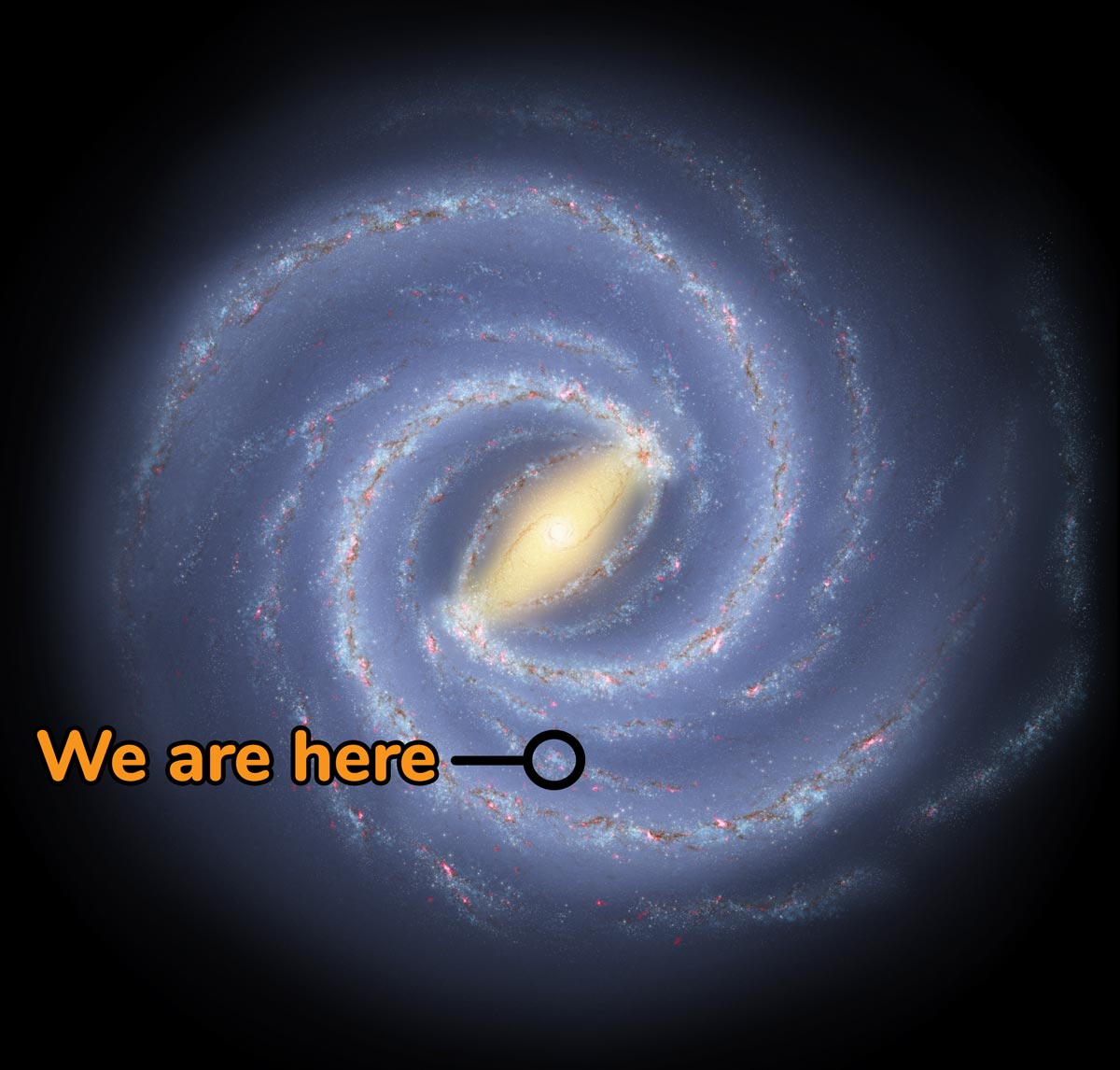
Label the different parts of the sun
Parts of the Sun Flashcards | Quizlet Photosphere Lowest layer of the Sun's atmosphere; gives off light and has temperatures of about 6,000K. Chromosphere Layer of the Sun's atmosphere above the photosphere. Prominence Links different parts of the sun spot regions together. Corona Layer of the Sun that is only visible during a solar eclipse. Anatomy of the Sun Diagram | Quizlet Total Solar Eclipse Rise And Fall Atmosphere Terms in this set (9) Core With a temperature of about 15 million degrees Celsius, it is the central region of the Sun. Under the force of gravity, hydrogen fuses to form helium and releases large amounts of energy in the process Radiative Zone It is the layer above the core. Diagram of the Solar System - Universe Today Jupiter - Jupiter is the 5th planet from the Sun, and the largest planet in the Solar System. Jupiter has as much mass as 2.5 times all the rest of the planets combined - almost all of this ...
Label the different parts of the sun. Earth-Sun Relationships | National Geographic Society Any circle drawn around the Earth divides it into two equal halves called hemispheres. There are generally considered to be four hemispheres: Northern, Southern, Eastern, and Western. Grades 6 - 12+ Encyclopedic Entry 321 Earth Physical Geography, Geology, Geography, Earth Science, Astronomy NASA - Layers of the Sun 03.21.07. This artist concept shows the layers of the sun. Image credit: NASA. + View large image (with labels) Layers of the Sun - Science Facts Corona: The Outer Layer The outermost layer is the corona and can be seen during a solar eclipse when the sun is blocked by the moon. This layer is hotter than the surface of the sun. Less Than Five - Layers of the Sun Explained - Outer Layers Watch on The sun has many chemical elements but since it is so hot they are in a gaseous state. Layers of the Sun - The Sun Today with Dr. C. Alex Young The Sun, as shown by the illustration to the left, can be divided into six layers. From the center out, the layers of the Sun are as follows: the solar interior composed of the core (which occupies the innermost quarter or so of the Sun's radius),; the radiative zone, ; and the convective zone,; then there is the visible surface known as the photosphere,
Layers of the Sun | Parts of the Sun | DK Find Out The structure of the sun is made up of four layers. At the very center is the dense, hot core. Around the core lie two layers: a thick layer called the radiative zone and a thinner, cooler layer called the convective zone. Surrounding all of them is the sun's surface layer, known as the photosphere. Anatomy of the Sun | NASA The Radiative Zone - Energy moves slowly outward, taking more than 170,000 years to radiate through this layer of the Sun. The Convection Zone - Energy continues to move toward the surface through convection currents of the heated and cooled gas. Overview | Sun - NASA Solar System Exploration The Sun is the largest object in our solar system. The Sun's volume would need 1.3 million Earths to fill it. Its gravity holds the solar system together, keeping everything from the biggest planets to the smallest bits of debris in orbit around it. The hottest part of the Sun is its core, where temperatures top 27 million degrees Fahrenheit ... PDF The Structure of the Sun - Space Weather Prediction Center In studying the structure of the Sun, solar physicists divide it into four domains: the interior, the surface atmospheres, the inner corona , and the outer corona. Section 1.—The Interior The Sun's interior domain includes the core, the radiative layer , and the convective layer (Figure 2-1).
the-parts-of-a-sundial - Illustrating Shadows part of the gnomon called the"style". The markings almost always have hours, and may or may not be legal clock mean time, often it is local sun time. Local sun time (local apparent time or L.A.T.) must have the longitude factored in, typically somewhere between -30 to +30 minutes. Also, the clock and the sun Layers of the Sun Facts, Worksheets & The Sun For Kids The Sun is the largest object in our solar system. It is composed of seven layers: three inner layers and four outer layers. The inner layers are the core, the radiative zone and the convection zone, while the outer layers are the photosphere, the chromosphere, the transition region and the corona. PDF Parts of the Sun - Montana From the center out, the layers of the sun are as follows: the solar interior which is composed of the core, the radiative zone and the convective zone. The visible surface is made up of the photosphere and the chromosphere. The outermost layer is called the corona. In this lesson, students will learn about the sun, our closest star. Guidelines 1. PDF The Structure of the Sun - European Space Agency Every layer of the Sun is very different, and requires a distinct instrument, and as they study it in all the electromagnetic spectrum, scientists obtain as much information as possible from the Sun. Just as we previously said we can get information from: - Inner Sun - Photosphere - Chromosphere - Corona
Regions and Features of the Sun | Center for Science Education The interior of the Sun is divided into three main regions. At the center is the core, where energy is produced by nuclear fusion at incredible temperatures. The core is surrounded by the radiative zone, which in turn is enclosed within the convective zone. The visible "surface" of the Sun, called the photosphere, sits atop the interior layers.
The Sun - Imagine the Universe! The three parts of the atmosphere, from the surface of the Sun outward are the photosphere, chromosphere, and corona. (Credit: NASA) The Photosphere Since the Sun is made up of hot gas, there isn't really a "surface" to it. Instead, as you move from space toward the Sun's core, the gas gets denser and denser.
PDF The Sun Worksheet - Northland Preparatory Academy a. the layer of the sun's atmosphere that gives off visible light b. the layer of the sun's atmosphere that has a reddish glow c. the layer of the sun's atmosphere that looks like a halo during an eclipse d. areas of gas on the sun's surface that are cooler than the gases around them e. reddish loops of gas that link parts of sunspot ...
What are the Parts of the Sun? - Universe Today If you could take the Sun apart, and stack up its various elements, you would find that the Sun is made of hydrogen (74%) and helium (about 24%). Astronomers consider anything heavier than helium...
What Are The Layers Of The Sun? - WorldAtlas The layers of the Sun are divided into two larger groups, the outer and the inner layers. The outer layers are the Corona, the Transition Region, the Chromosphere, and the Photosphere, while the inner layers are the Core, the Radiative Zone, and the Convection Zone. The Outer Layers Corona Transition region Chromosphere Photosphere
The sun's atmosphere: Photosphere, chromosphere and corona The sun's atmosphere is made up of several layers, mainly the photosphere, the chromosphere and the corona. It's in these outer layers that the sun 's energy, which has bubbled up from the sun's...
How the Sun Works | HowStuffWorks The Sun Is Also a Star. The sun is a star, just like the other stars we see at night. The difference is distance -- the other stars we see are light-years away, while our sun is only about 8 light minutes away -- many thousands of times closer. Officially, the sun is classified as a G2 type star, based on its temperature and the wavelengths or spectrum of light that it emits.
PDF All About that Tilt: Sun and Seasons - NASA activity to see how the angle of the Sun affects your shadow. For example, if you were standing at 45ºN latitude, the noon Sun angle at summer solstice would be: 45° N - 23.5° N = 21.5° 90° - 21.5° = 68.5° is the noon Sun angle . Find these Sun angles: Noon Sun angle at equinoxes. 45° N - 0° N = 45° 90° - 45° = ____° is the ...
Diagram of the Solar System - Universe Today Jupiter - Jupiter is the 5th planet from the Sun, and the largest planet in the Solar System. Jupiter has as much mass as 2.5 times all the rest of the planets combined - almost all of this ...
Anatomy of the Sun Diagram | Quizlet Total Solar Eclipse Rise And Fall Atmosphere Terms in this set (9) Core With a temperature of about 15 million degrees Celsius, it is the central region of the Sun. Under the force of gravity, hydrogen fuses to form helium and releases large amounts of energy in the process Radiative Zone It is the layer above the core.
Parts of the Sun Flashcards | Quizlet Photosphere Lowest layer of the Sun's atmosphere; gives off light and has temperatures of about 6,000K. Chromosphere Layer of the Sun's atmosphere above the photosphere. Prominence Links different parts of the sun spot regions together. Corona Layer of the Sun that is only visible during a solar eclipse.


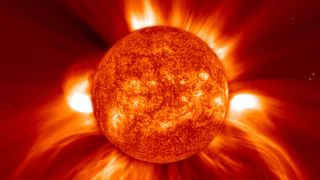






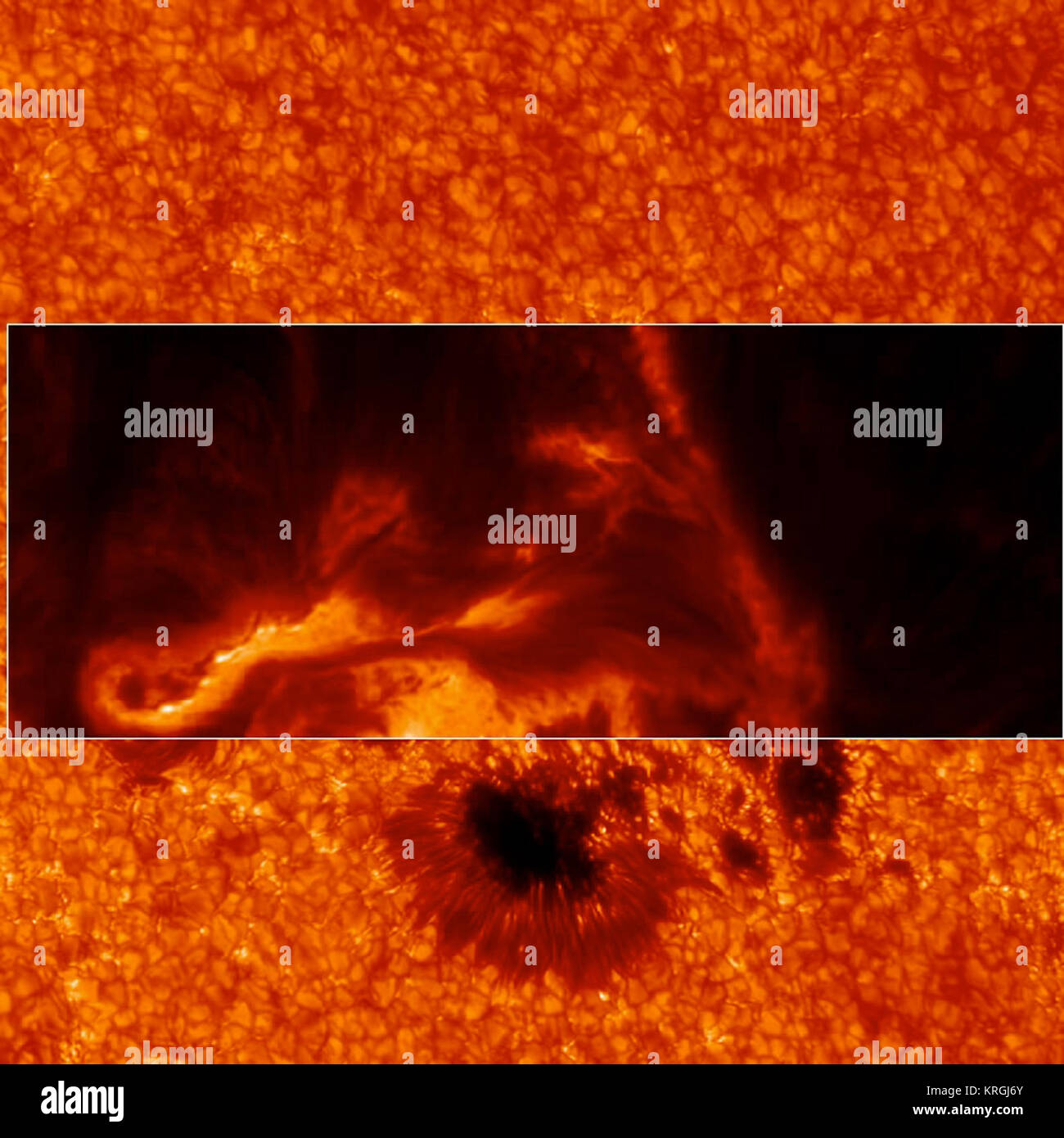







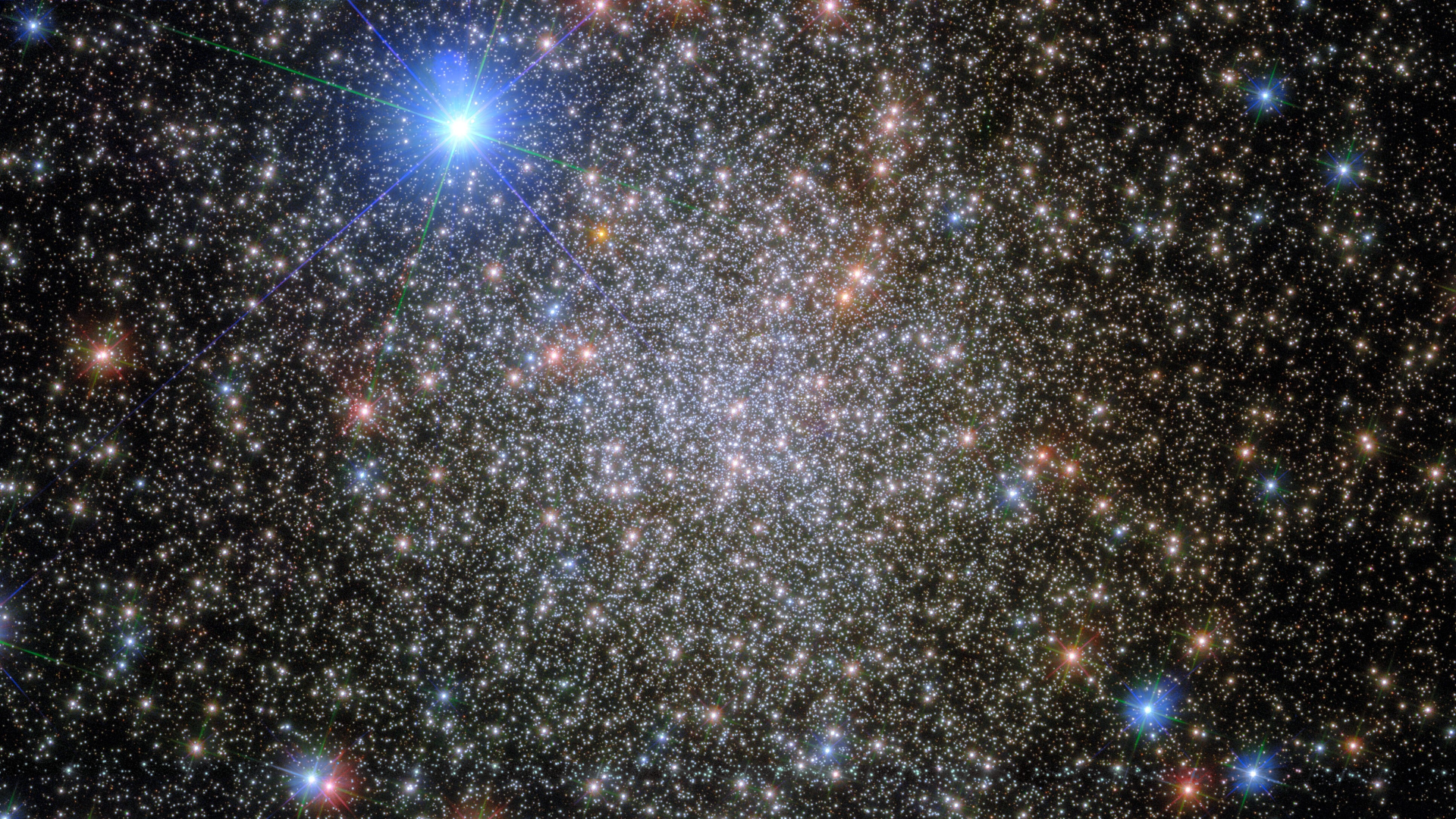
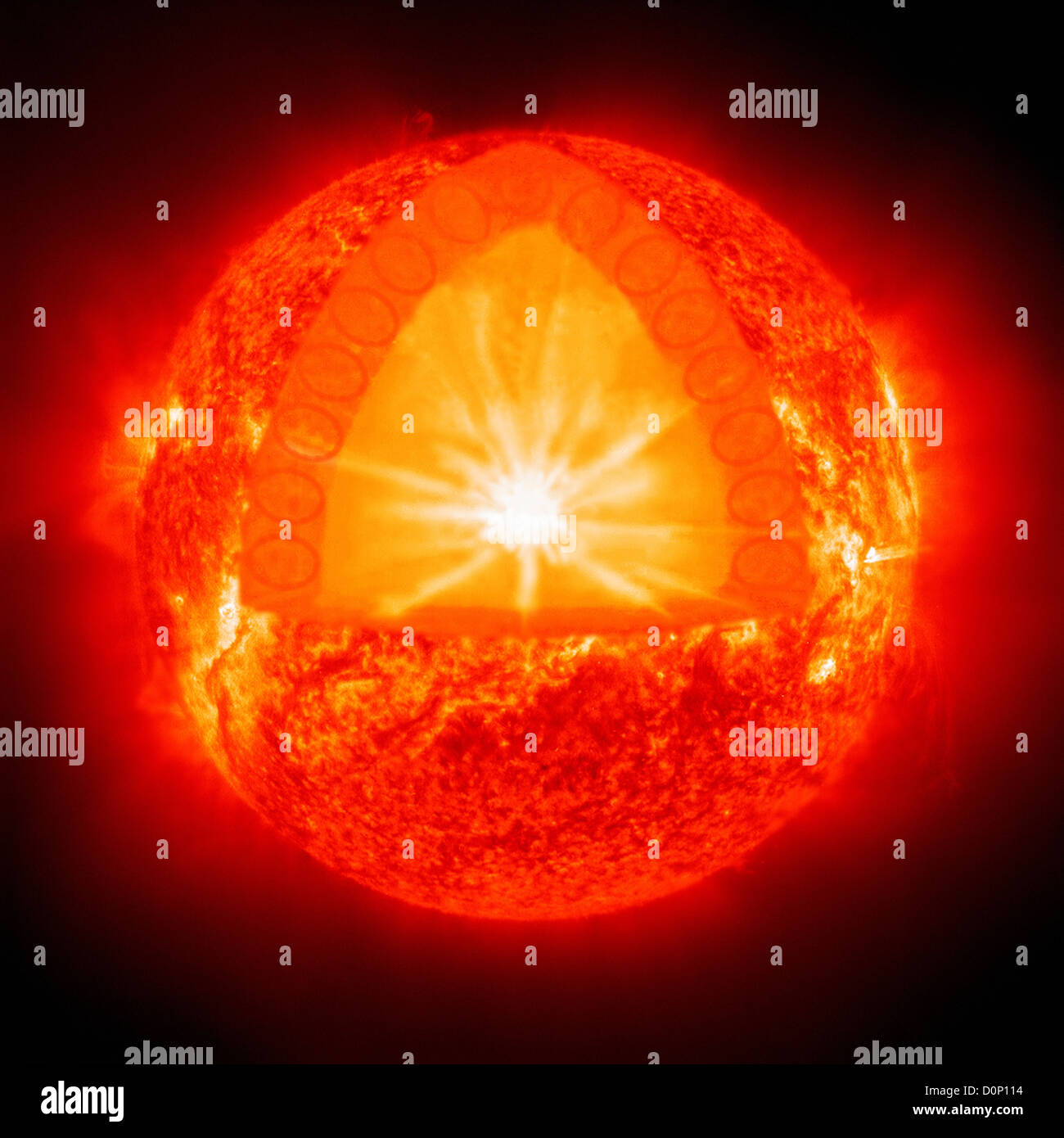







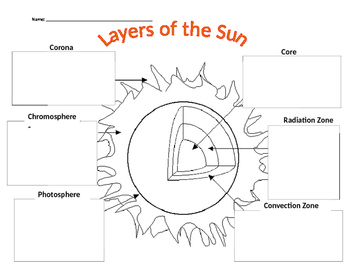
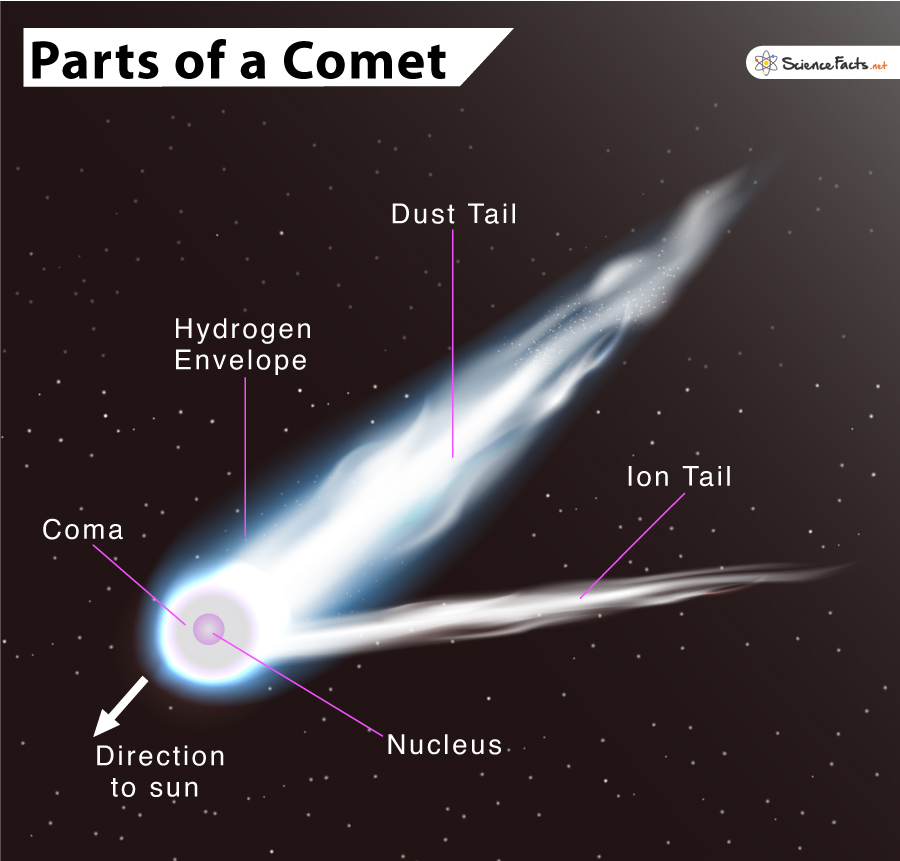



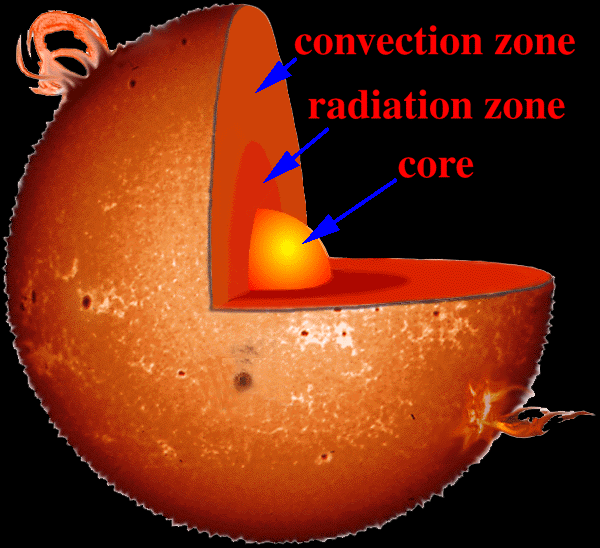
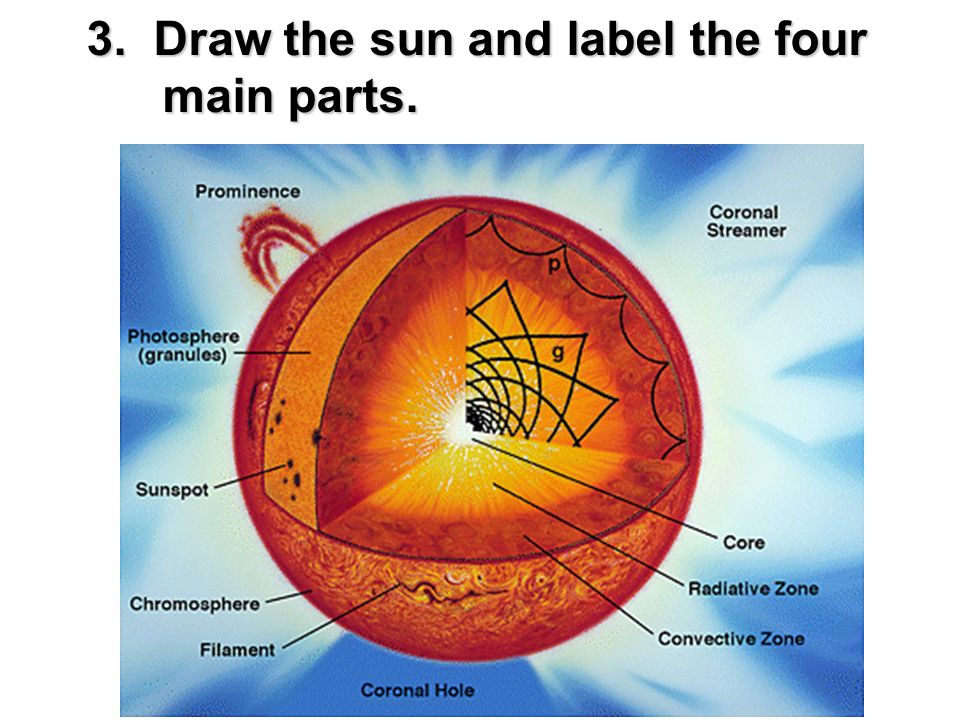


Post a Comment for "43 label the different parts of the sun"